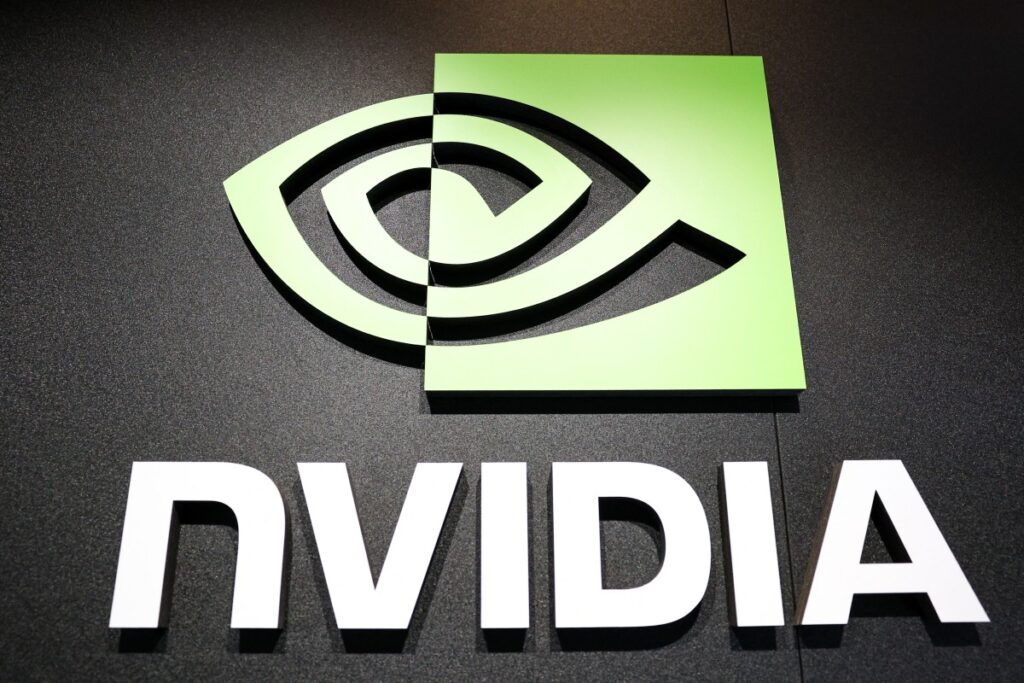Take the provocative works of Édouard Manet, bridging the gap between the two most important art movements with unimaginably (at least at that time) realistic views of consumer society embedded subtly in pure colors. Or those of painter, printmaker, and illustrator Henri de Toulouse-Lautrec. His infamous advertorial poster for the then-popular French club – Moulin Rouge is an evergreen example of how art and artists have been dominating advertising since time immemorial.
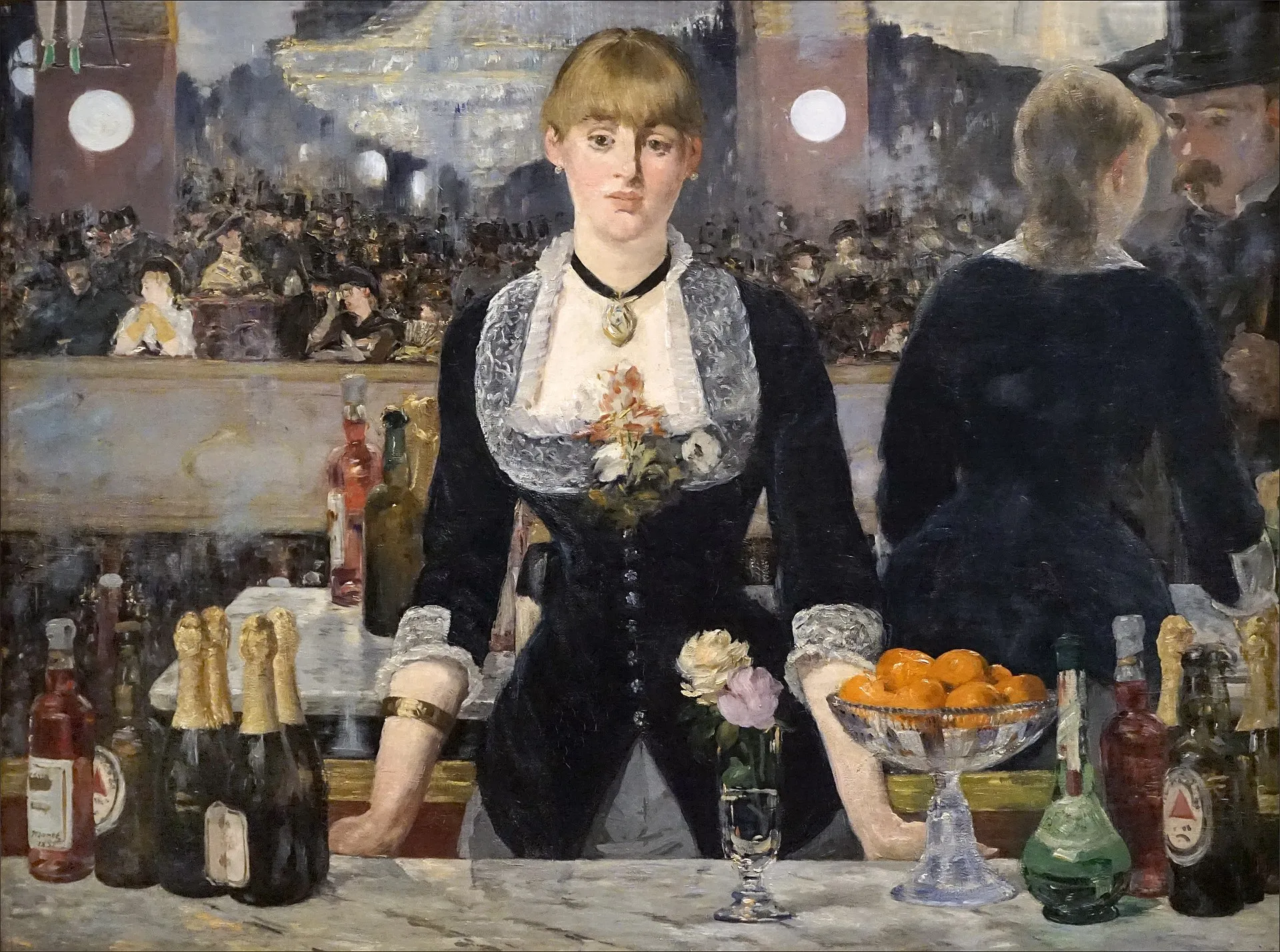
A Bar at the Folies-Bergère, 1882 by Édouard Manet is perhaps most representative of his innovations, relying on commonplace imagery to offer complicated formal experiments.

When the brassy dance hall and drinking garden of the Moulin Rouge opened on the boulevard de Clichy in 1889, one of Lautrec's paintings was displayed near the entrance.
Courtesy: The Metropolitan Museum of Art, New York, Official Site.
The debate surrounding whether advertising can be considered an art has not been without its share of criticism. Over the years of digital evolution, advertising has also been questioned to be a science. This is especially true with the massive abundance of data and its application in the field.
Kapil Bhimekar, Creative Director at Leo Burnett by the day and artist by night, draws a very interesting opinion on this notion. “Art has the power to transform human behavior,” he says. “Advertising essentially is all about tapping into human behavior, persuading a consumer. If you can use art to influence your consumer – advertising ultimately becomes art.”
The “We Can Do It” wartime poster from World War II, continued to make waves even in the 2000s. The bold use of primary colors combined with the insight – to empower the female workers in factories at that time, serves witness to Bhimekar’s perspective.
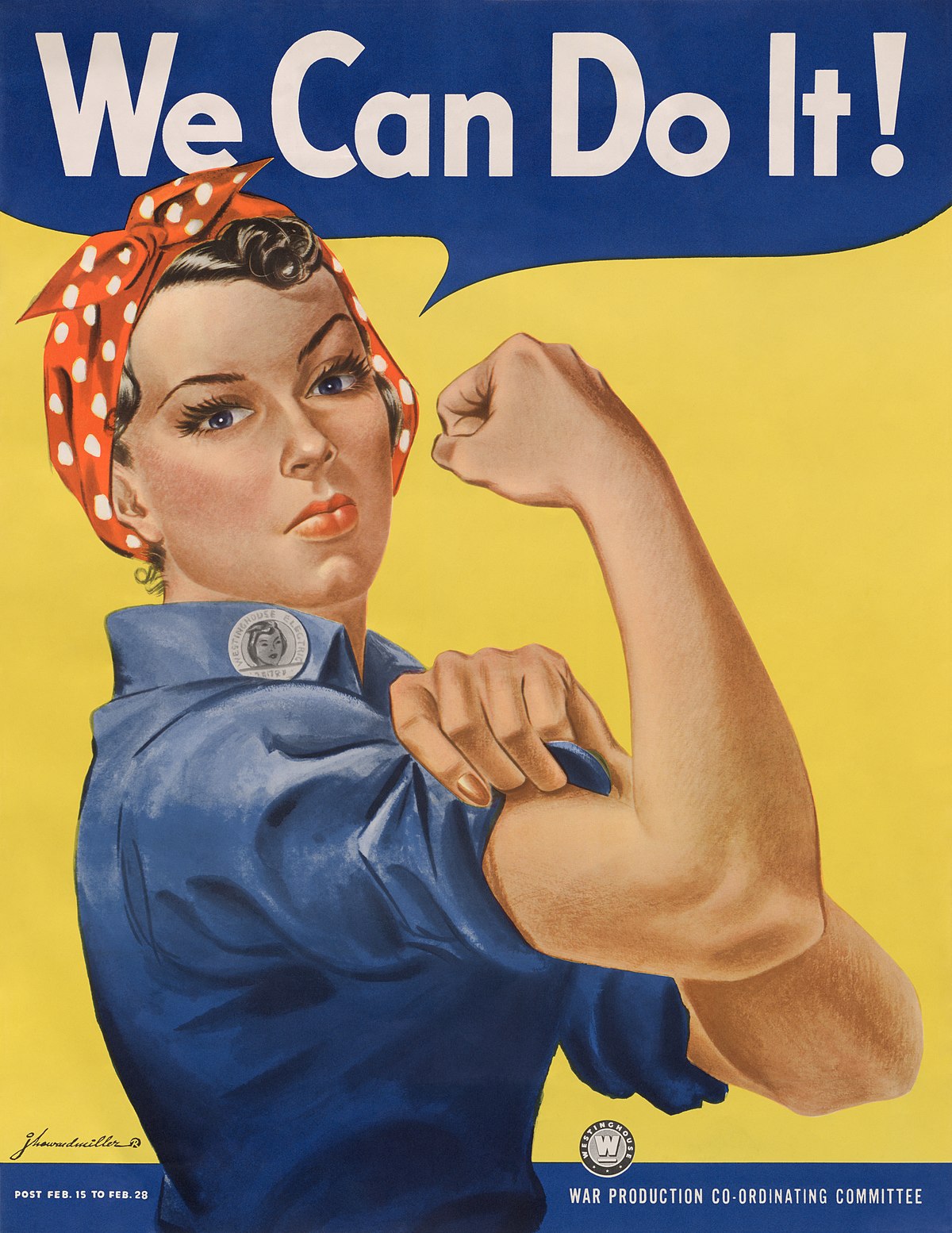
Courtesy: Wikipedia
Bhimekar's own artistry is guided by a profound desire for expression. He finds his voice in the simplicity of monochrome. "Art should be simple," he insists. "I've explored various styles, but monochrome became my calling. When your art effortlessly reflects your inner self, it's a sign that you've struck the right chord."
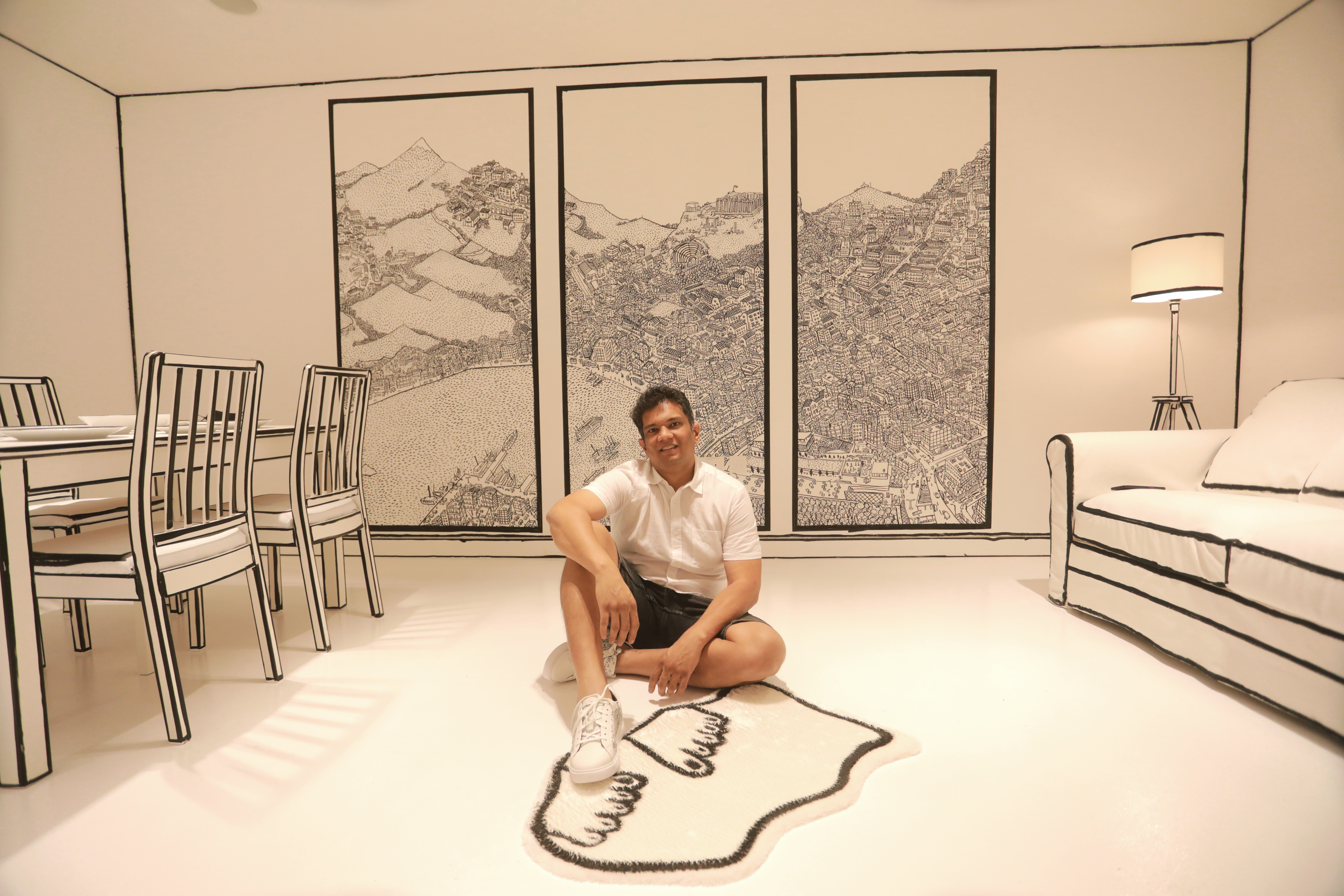
“A Room with a View” is a glimpse of Bhimekar's last travel, which was to Greece in 2019.
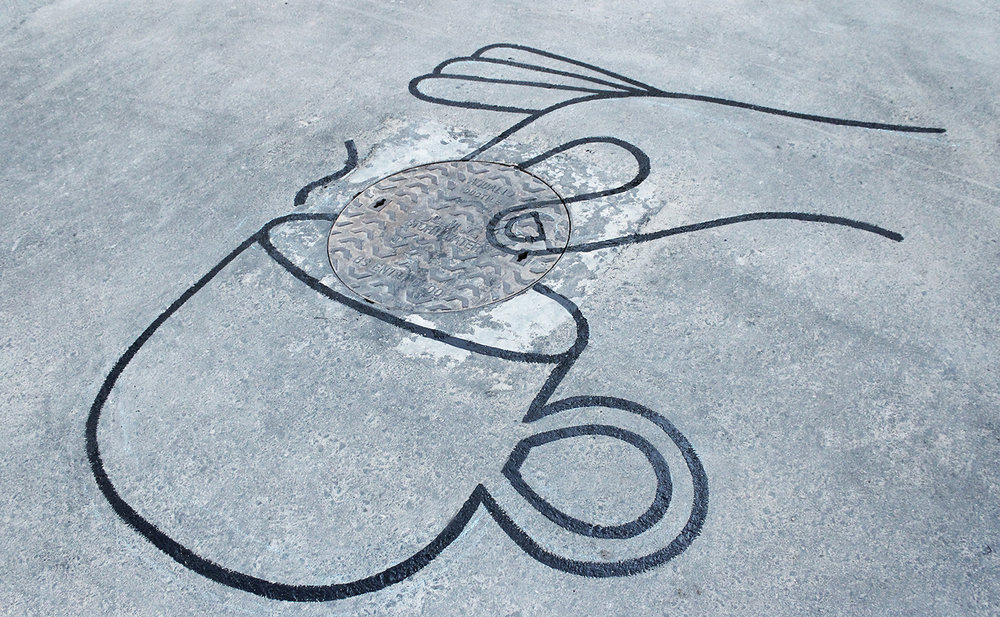
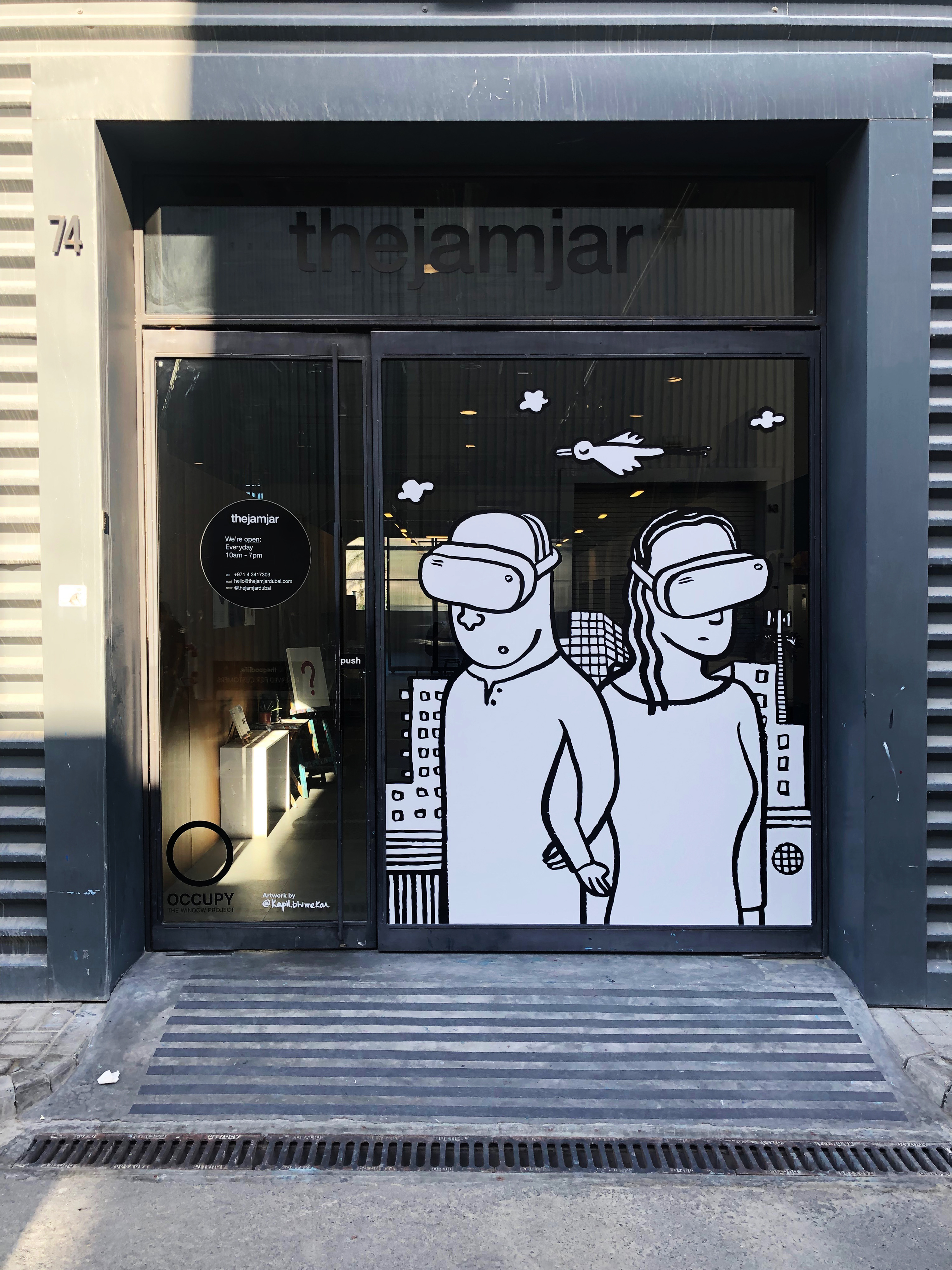
In the intersection of art and advertising, creativity serves as the link. Contemporary advertisers and marketers face substantial demands to infuse more meaning and reality into their campaigns. According to Bhimekar, the solution lies in "celebrating brands." He emphasizes that advertising goes beyond merely conveying a brand message; it can also convey a societal message. Work celebrated at this year’s Cannes Lions edition illustrates the importance of achieving a delicate equilibrium. He emphasis how crucial it is to uphold this equilibrium when selecting insights as the foundation for our work.
As we continue to explore the realm where art and advertising converge, it becomes evident that these two worlds not only coexist but also harmonize to create compelling and influential messages that resonate with audiences on a profound level.


